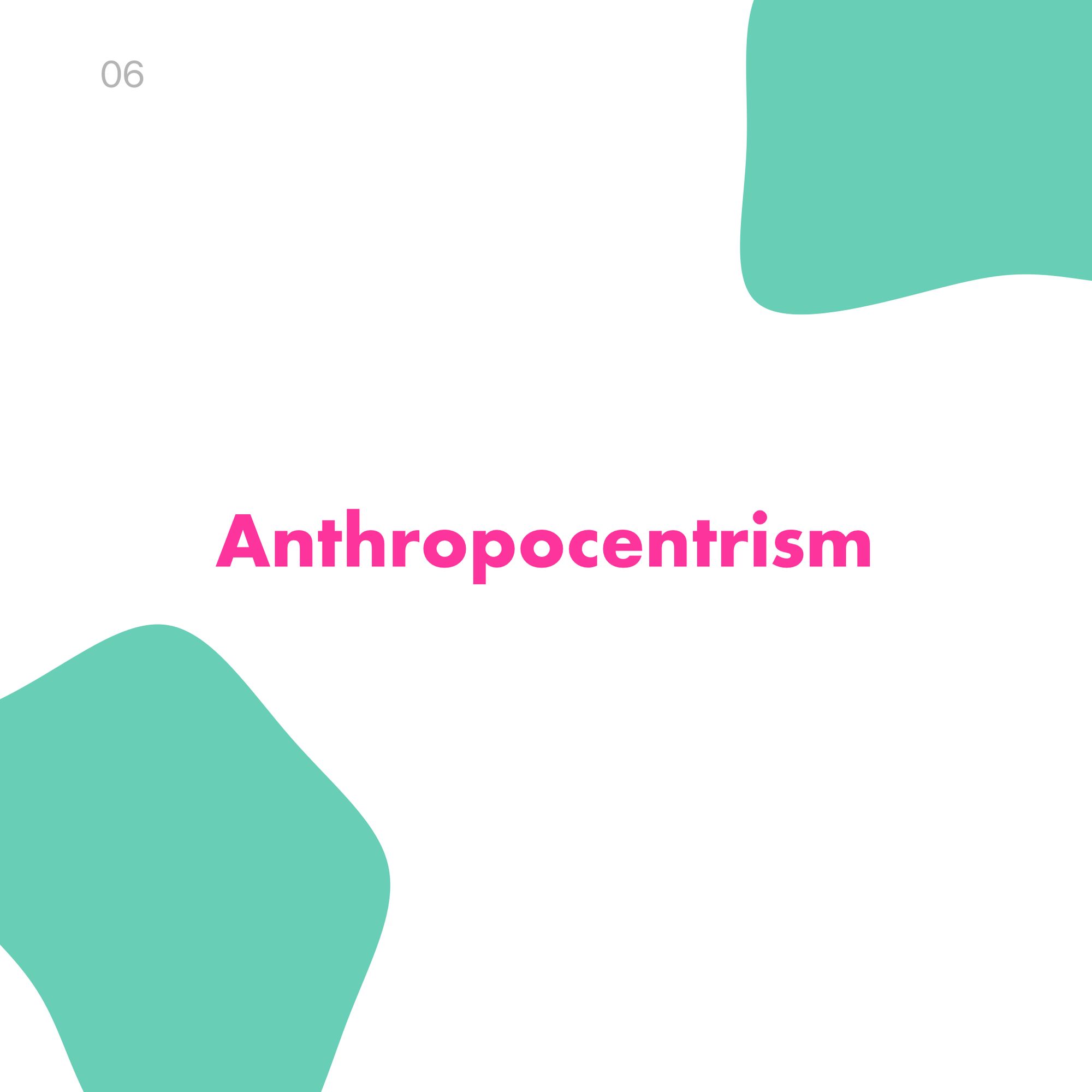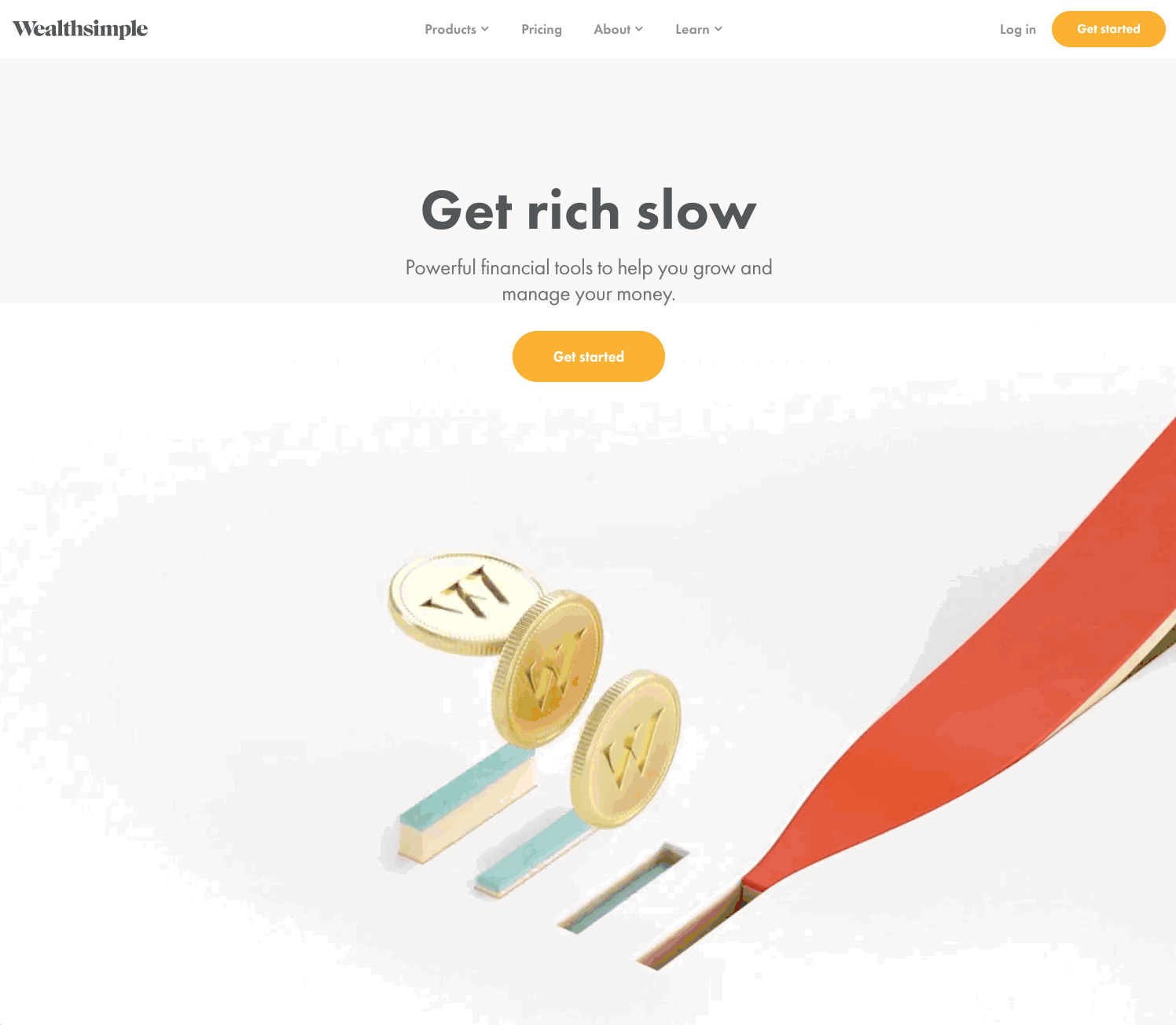Earlier this year, after a brief half-hour stint on Sketch - in which I succeeded only in creating a sad first attempt at a design for an Instagram post (attached below for your viewing pleasure) - I sat back in my chair, ran my hands through my now-white hair, and felt a heavy weight settle on my shoulders. I loved design, I thought I'd be great at it, and I had found an awesome internship that would allow me to stretch my design skills!
But, oh man, I was out of my depth. And the design I made was not up to my boss' expectations. (Strange color scheme, and just the word 'anthropocentrism'... I don't even remember what I was trying to convey!)

The design world can be very intimidating. You come across a site like this

or like this

or like this

and it just makes you wonder...
Will I ever be able to design something like that? How could I ever bring a design to market if I can barely get by with tools like Sketch and InVision? Will anyone ever recognize my design work?
These are all questions I'm still confronting today, even with a strong mentor and projects (or project) under my belt. Is this design adventure worth it? Can I take on a project by myself with only my own judgment and sense to rely on? Throw all these questions together and you'll get a glimpse at the anxiety I (and I'm sure many other beginners) feel whenever clicking open an app and designing.
Do I belong here?
It's a serious question that troubles plenty of newcomers taking their first steps into the Wild West that is design. Even now, after completing a few projects and committing to taking the dive into design, I still feel apprehension here and there. But give me a chance to tell you not only how I cope with this feeling, but how I've also convinced myself that I DO belong here.
Be ambitious... but also understand your expectations.
Back in September this year when I first opened Sketch for the first time, I was definitely out of my depth. It was my first time on the interface after all! And, even though it's designed to be easy to use and accessible, it still took a slight learning curve to become comfortable with the software.
With that said, I definitely wasn't helping myself by thinking that I could whip up award-winning designs by my end-of-week deadline. And I certainly wasn't helping myself by comparing my designs to those award-winning websites I mentioned earlier (i.e. this and this and this). I gave myself sky-high expectations and only a week to get it done - and, considering I had never once used Sketch before, it turns out that I was setting myself up for failure.
Now, to be clear, there's nothing wrong with failure. If I hadn't failed with my first design, I never would have been as successful with my second! On top of that, there's nothing wrong with setting high expectations. Be ambitious! Shoot for the stars! It's okay to want to be the best.
But recognize that that may not happen on your first try. It may not happen on your second. Or your third! Design is a process. It's a journey of failure, success, and constant learning. Understand your limitations and set achievable goals. Have that long-term goal to work for, but recognize where you are at in your design journey! Two months into my design journey, I'm still not producing award-winning designs... but I'd definitely give myself an award for the progress I've made since early September.
I was giving myself completely illogical expectations when I started out. If you're a newcomer to design, recognize that it's often unreasonable to compare yourself to professional designers right off the bat. But, if you work hard at it and open yourself to failure, you can get it done. That's a promise.
Recognize that you're not alone. Even the best can feel the worst!
The question of belonging is scary. Once you feel it, it can be hard to get over it, even when you establish your footing in the design world. Oftentimes you feel unqualified to be in the position you're in - I know that I certainly do. And that feeling piles up, until you're convinced you simply just don't belong.
Those who know this feeling might know it as "Imposter's Syndrome". Some other people might call it just a phase.

The doubt really gets to you and I was really tested by my limitations. No matter what you call it, this doubt is a real challenge and can really affect how you perform. It can be a real roadblock and can deflate a lot of the enthusiasm, motivation, or energy you have for design. So how do you overcome it?
One of the best things you can do for yourself is set yourself realistic expectations, as I mentioned earlier (without giving up your ambitions). But, on top of that, recognize that you're not alone in this design journey. You're not the first person to feel this apprehension, and you're definitely not the last.
Part of this recognition should come with the realization that even the best designers can sometimes still feel like they don't belong. One of my friends at Middlebury, a student-designer with one of the best eyes for design I've ever seen, has told me that he still feels doubt on a daily basis because he's surrounded himself with other designers who are more experienced and successful than he is. But, in order to overcome his apprehension, all he has to do is look around at his circumstances and recognize that he is set up for success! And, once he has more experience and success under his belt, he'll be just like the designers around him (if not better!).
Some Helpful Tips
My experience with DesignerUp is a perfect example of how you can reinvent your skillset as a designer with the right mindset, the right guidance, and the right opportunity. I was lucky enough to meet my own mentors here at DesignerUp, and the course in Product Design offered by the school is a perfect opportunity to find your own mentor.
Finding and establishing a relationship with a mentor when stepping into design is, in my opinion, one of the best moves you can make for yourself. Design is intimidating in part because there is so much out there to wrap your head around - there are dozens of tools and principles and skills to master, and having a mentor to steer you in the right direction can bring some order to your journey. Mentorship is one of the pillars of the DesignerUp Product Design course, and I could not recommend it more!
The course does so much more than just give you a good mentor, too. It also exposes you to plenty of the skills, shortcuts, and other tidbits that separate good designers from great designers. And, because Elizabeth (the awesome co-founder and teacher) who leads the course is a professional and mindful designer herself, she can help you grasp some of these techniques that took other designers extensive trial and error to figure out.
This all works back to the reason I wrote this article in the place - that nagging feeling.
Do I belong here?
The tough reality is, even if you do set realistic expectations, open yourself to failure, and recognize your circumstances, that feeling may never go away. But, no matter what experience level you have or what success you've achieved, just know that we believe in you. And we DO think that you belong here. Finding a good teacher is a great start, but there are so many different paths you can take. Whatever you choose to do, know that you have a strong community behind you!

